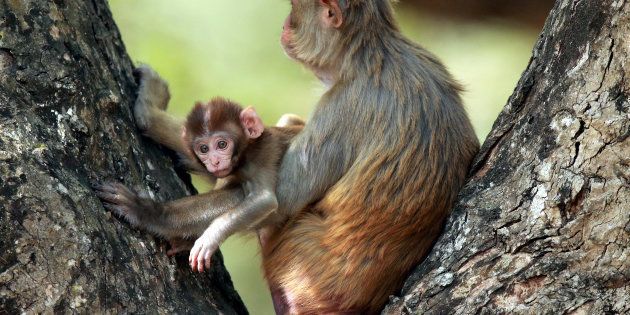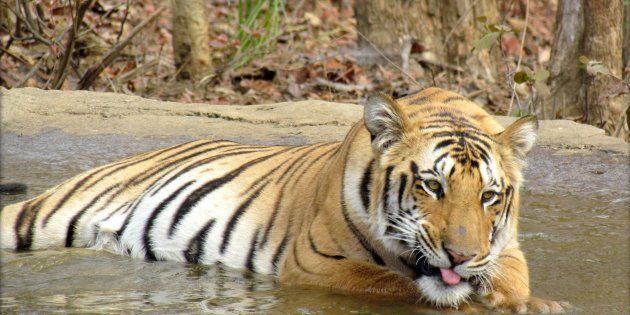
Species loss, climate change, deforestation — these are ubiquitous terms now, circulating in the global public discourse. Most of us know what they mean and imply for the future. Yet, broken down into hard numbers, suddenly the scenario appears shockingly dire, almost irredeemably so.
The Living Planet Report 2016, subtitled "Risk and Resilience in a New Era", published by the World Wildlife Fund (WWF), gives a grim account of the costs of human advancement since the 1970s.
Over the last four decades, among the 14,512 populations of 3,706 species of mammals, birds, fish, amphibians and reptiles that the biennial survey studied, there has been a nearly 60% drop in their numbers. At the current rate of decline (about 2% every year), almost two-thirds of the world's wildlife population will be extinct by 2020. Among the species that are most vulnerable are the African elephant, leatherback turtle, various kinds of vultures, gharial and the Asian tiger. By the report's estimate, nearly half of India's wildlife faces the prospect of a complete wipe-out.

India's record in conversation is not very promising. As the Hindustan Times points out, about a quarter of the land in the country is going to be affected by desertification due to rapid loss of forest cover. Industrial wastes and other effluents are causing water pollution at an alarming rate, exposing marine life to fatal danger. Experts continue to bemoan the Centre's disinterest in conservation. Sample this as an indication of the apathy: as of September 2016, 83 tigers were recorded dead in India, a number that already exceeds the total mortality count of 77 for the year before.
Curiously, India has been also ranked fifth in terms of national bio-diversity by the United Nations — a fact that indicates its reasonably high capacity to produce food, fibre, renewable raw materials as well as absorb carbon dioxide. Indians, in general, also have a low personal carbon footprint at an individual level, though the figures are amplified manifold by the huge population size. (India's carbon footprint, as the WWF report points out, currently makes up 53% of the country's overall ecological footprint.)
The most palpable threat to wildlife, of course, comes from human beings — especially the ways in which they consume and deplete natural resources. Commenting on the report, Ravi Singh, the CEO of WWF-India said, "The power to build a resilient planet for future generations lies in our understanding of how we are moving into this new epoch that scientists are calling the Anthropocene and adopting sustainable practices that decrease humanity's impacts on the planet."
The fourth-largest emitter of greenhouse gases, India formally joined the Paris Agreement to combat climate change on 2 October, as a symbolic gesture to mark the birth anniversary of Mahatma Gandhi. Each of the 191 signatory nations of the agreement is expected to work towards limiting global temperature rise to 2 degrees Celsius above pre-industrial levels, while chasing a target of 1.5 degrees Celsius. While it remains to be seen how far this goal is going to be achieved, ratifying the agreement is at least a step forward in the right direction. Hopefully, in the wake of the WWF report, the Centre will take a more proactive interest in wildlife conservation as well and work on improving its current efforts in the area.
Also on HuffPost:
